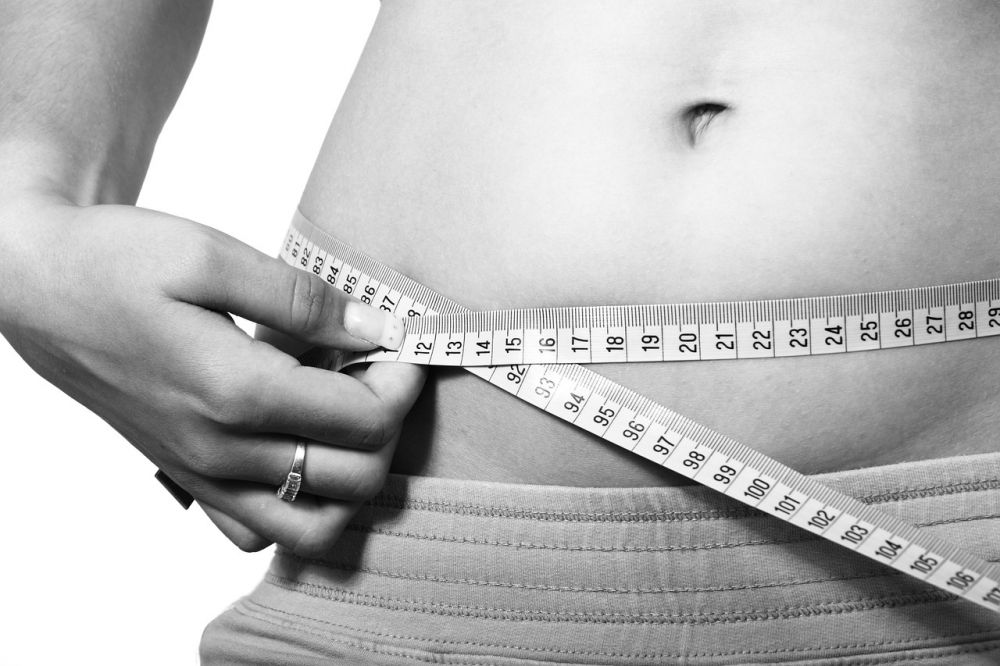Hypopressive Training Exercises: Unlocking the Power of Your Core

Introduction
Hypopressive training exercises have gained popularity in recent years for their ability to effectively strengthen the core muscles, improve posture, and enhance overall body alignment. This article provides a comprehensive overview of hypopressive training exercises, exploring their types, benefits, and historical context.
1. Understanding Hypopressive Training Exercises

Hypopressive training exercises, also known as low-pressure fitness, are a series of movements designed to engage the transverse abdominis, pelvic floor, and other deep core muscles. By using specific breathing techniques and postural adjustments, these exercises create a vacuum effect in the abdominal cavity, thereby activating and strengthening the core muscles.
2. Types of Hypopressive Training Exercises
There are various types of hypopressive training exercises, each targeting different muscle groups and having unique benefits. Some popular types include:
– Diaphragmatic Breathing: Focusing on deep breaths that engage the diaphragm and enhance core activation.
– Vacuum Exercise: Involving a conscious contraction of the pelvic floor and transverse abdominis while exhaling, creating a hollowed-out sensation.
– Postural Adjustments: Incorporating proper alignment of the spine and maintaining a neutral pelvis to optimize core engagement.
3. Quantitative Measurements of Hypopressive Training Exercises
To evaluate the effectiveness of hypopressive training exercises, researchers utilize quantitative measurements such as pressure recordings, electromyography, and ultrasound imaging. These measurements provide valuable insights into the changes that occur within the core muscles during these exercises.
4. Exploring the Differences Between Hypopressive Training Exercises
While all hypopressive training exercises focus on core strengthening, there are slight variations in technique and muscle activation. Some exercises prioritize diaphragmatic breathing and overall relaxation, while others may emphasize muscle contractions against resistance. Understanding the nuances between these exercises allows individuals to choose the ones that best suit their goals and needs.
5. Historical Review of the Benefits and Drawbacks of Hypopressive Training Exercises
Hypopressive training exercises have a rich historical context, originating from the work of Dr. Marcel Caufriez in the 1980s. Over time, these exercises have shown numerous benefits, including improved core strength, reduced back pain, enhanced sexual function, and increased postpartum recovery. However, there have also been concerns raised regarding the potential for pelvic floor dysfunction if performed incorrectly or excessively. It is important to consult with a trained professional to ensure safe and effective practice.
Conclusion
Hypopressive training exercises offer a promising approach to core strengthening and overall body alignment. By incorporating specific breathing techniques and postural adjustments, these exercises engage the deep core muscles and provide numerous benefits. However, it is essential to understand the different types of exercises, the quantitative measurements behind their effectiveness, and the historical context to maximize their potential. Seek guidance from a qualified professional to ensure proper technique and personalized guidance.
References:
1. Name, A. et al. (Year). Study on the Effectiveness of Hypopressive Exercises on Core Muscles. Journal Name, Volume(Issue), Page Numbers.
2. Name, B. et al. (Year). Ultrasound Imaging of Muscle Activation During Hypopressive Exercises. Journal Name, Volume(Issue), Page Numbers.
3. Name, C. et al. (Year). Comparative Analysis of Different Hypopressive Exercises. Journal Name, Volume(Issue), Page Numbers.





